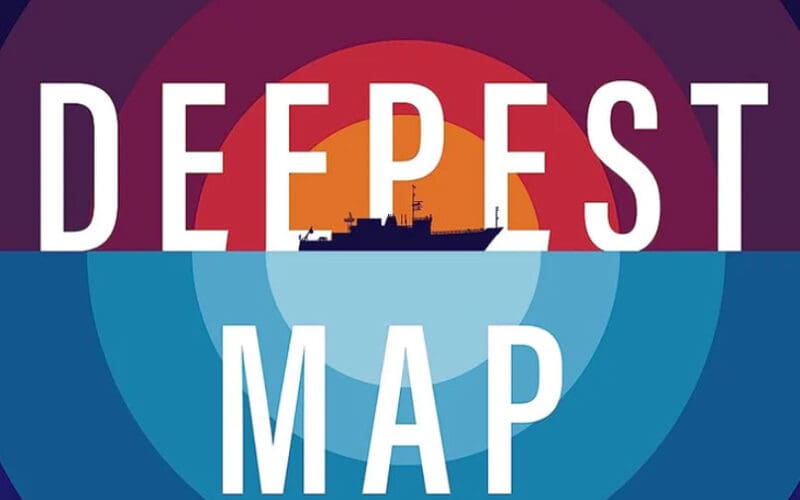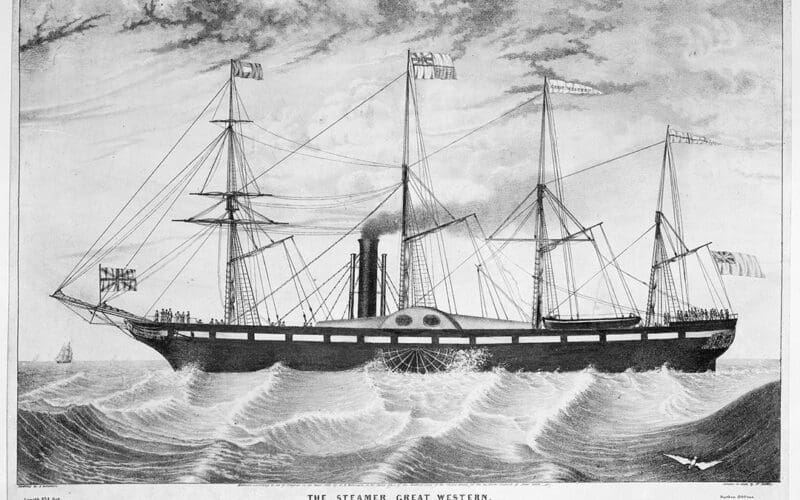The Deepest Map: The High-Stakes Race to Chart the World’s Oceans By Laura Trethewey HarperCollins 304 pgs. Seawater, writes Laura Trethewey, covers 71 percent of Earth, yet only 15 percent of the seafloor has been mapped and most of that is near the coast where nations have an interest. The coast is also where detailed mapping matters most for nautical chart makers but as sailors, and humans, we have a stake in knowing the wider ocean. Seabed 2030 is an international, crowd-sourced project that hopes to complete a global map by the end of this decade. Trethewey’s book The Deepest…
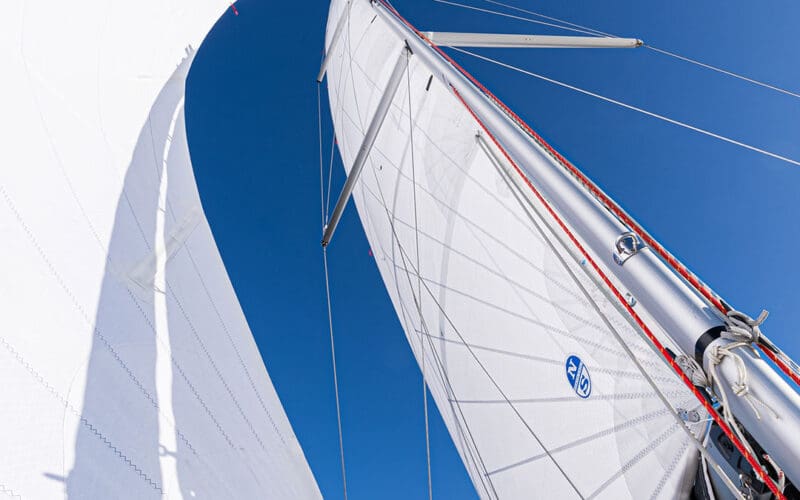
We see a boat over on its beam ends in a blow and say “they’re over canvased.” But, of course, sails are no longer made of cotton-based canvas. They’re woven from synthetic materials derived from petroleum. Now North Sails has announced a new sail fabric called RENEW that’s almost entirely made from recycled materials. And in Europe, Danish sailmaker Elvstrom offers a sail it calls EKKO also made from recycled plastic. For cruisers who wish to reduce their overall voyaging footprint, new sailcloth products like these can be an attractive choice. North calls its RENEW product a North Paneled Laminate…
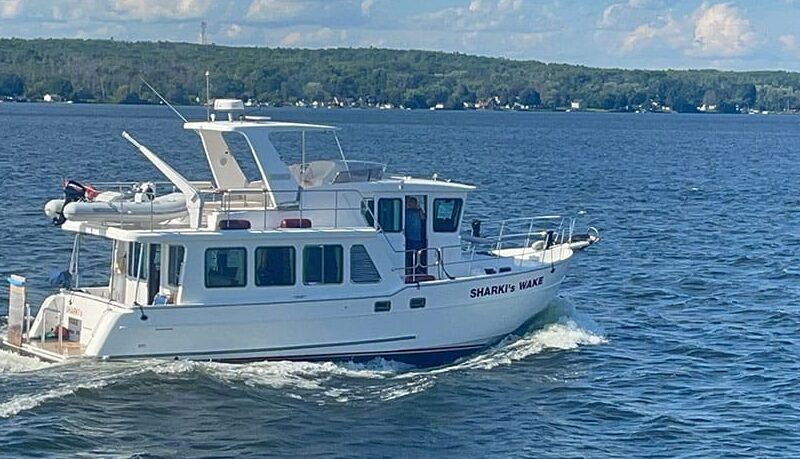
After a 35,000-mile and six-and-a-half-year circumnavigation aboard their Amel 50 Wasabi, Andrew and Patty Atkins were ready for something new. So when they returned to Canada they bought Peck’s Marina on the St. Lawrence River in Ontario. They also decided to move from sail to power and bought a used North Pacific Yachts NP43 power voyager. It was their experience with the NP43 and a good old fashioned human connection with Trevor Brice, president of North Pacific Yachts in Vancouver, BC, that led them to their present NP45, Sharki’s Wake. While Andrew and Patty were still in the process of…
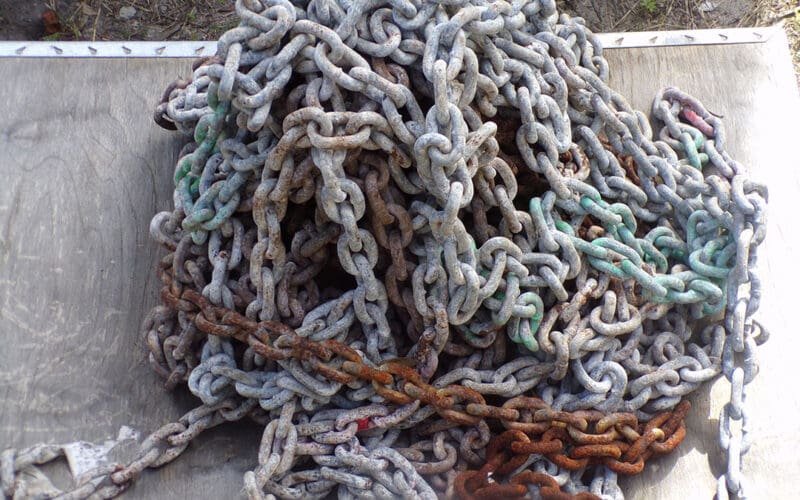
t is the economics of re-galvanizing chain that makes it an attractive alternative to purchasing new chain, as it can cost half as much or less than replacing it with a new length of galvanized links. This is why it is our preferred method for dealing with anchor chain that has reached the point of starting to rust. Galvanizing performs one function and that is preventing the steel links from rusting. Evidence of rust can range from being so slight that only a surface patina is evident, to the opposite extreme where severe rusting and pitting is present. However, re-galvanizing…
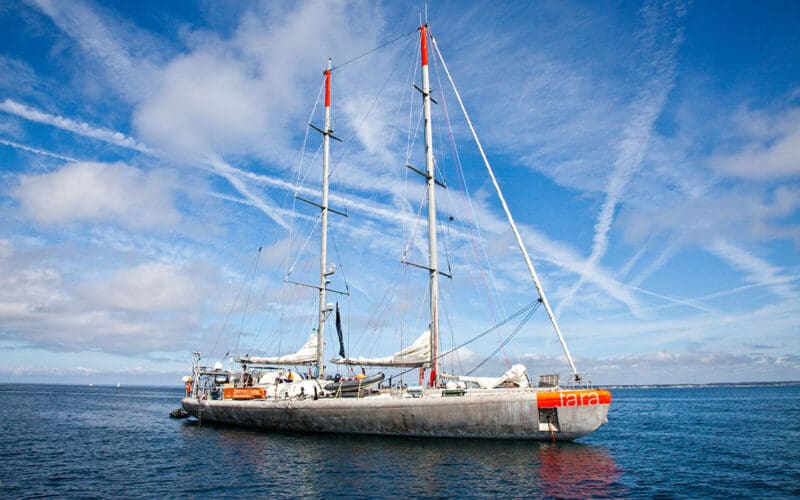
The top layer of our ocean is called the “Sunlight Zone.” At the surface and down to about 200 meters are live microscopic floating algae called “phytoplankton” that are critical to life. Voyagers on trans-ocean voyages can and do participate in the study of phytoplankton. More data is always better so data gathering by voyagers helps increase our knowledge of what’s happening with the world’s oceans. Now new gear from several companies can make gathering this data easier for voyagers. Plankton, from the Greek word planktos meaning wanderer, defines a lifestyle rather than a specific organism, and includes all water-borne organisms that…
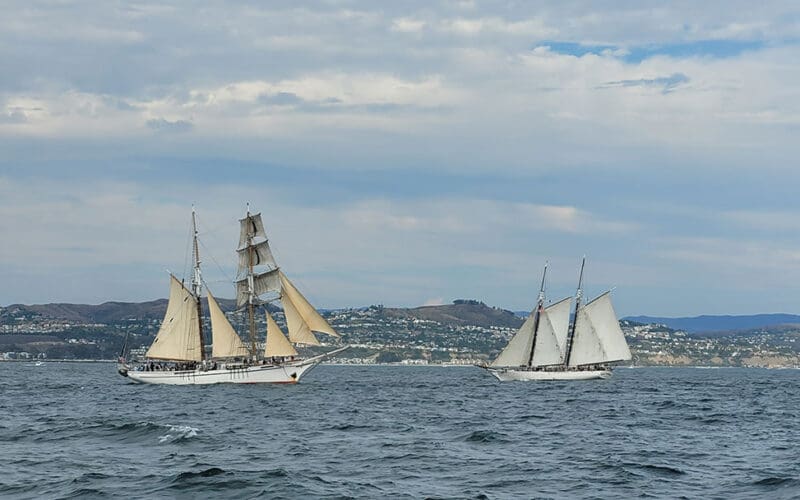
By Rob Laymon The three-day Dana Point Maritime Festival takes place every year in September. It’s a good specimen of the thing called a sail festival, that strange waterborne Saturnalia dear to the sailor’s heart. Other festivals take place in California, including in San Diego, sometimes sporadically, sometimes just once or twice. But the Dana Point festival has proved tenacious. Exy Johnson, the schooner I was captaining, had motor-sailed to the the Dana Point Sail Festival in southern California from San Pedro. We departed with our cannons all aglint and our cartridges packed. Two other boats from the Los Angeles…
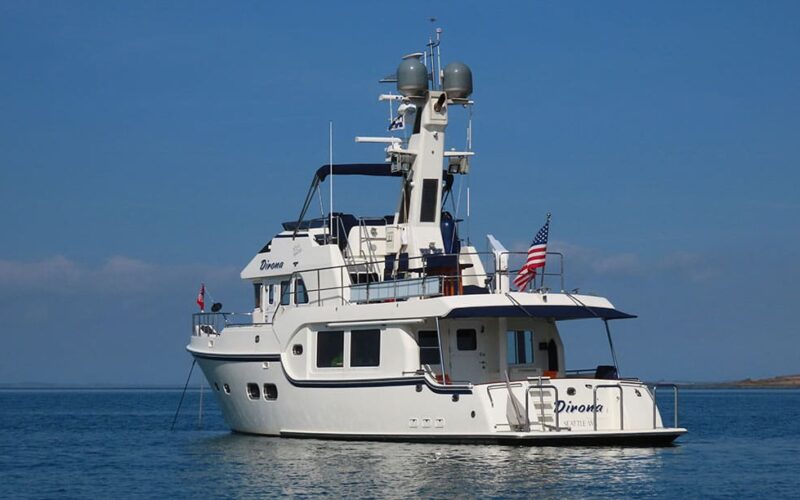
Tropical storm Ana, the first named storm of the season, developed early and directly in the path of our Nordhavn 52 trawler Dirona during a May North Atlantic crossing from Dublin via the Azores to Charleston, South Carolina. This was our third Atlantic crossing while voyaging around the world and, knowing that the North Atlantic can be difficult, we had plotted a route for the best weather and were comfortably ahead of the hurricane season. Yet a named storm was lying in wait as we proceeded. Route planning In determining the route for our spring passage from Ireland to the US east…
It all began when the start battery died late last fall. Actually, that’s not entirely true. We knew the electrical system was incorrectly wired but were hoping to delay this project until our planned major pre-cruising refit once I retired in a few years. Yet I couldn’t bring myself to buy a new battery, even a cheap flooded lead acid starting battery, and wire it into a system that I knew was slowly trying to kill it. Thus a project began. Our 28-foot 1986 Bristol Channel Cutter has minimal electrical demands compared to most contemporary cruising boats. She has navigation…
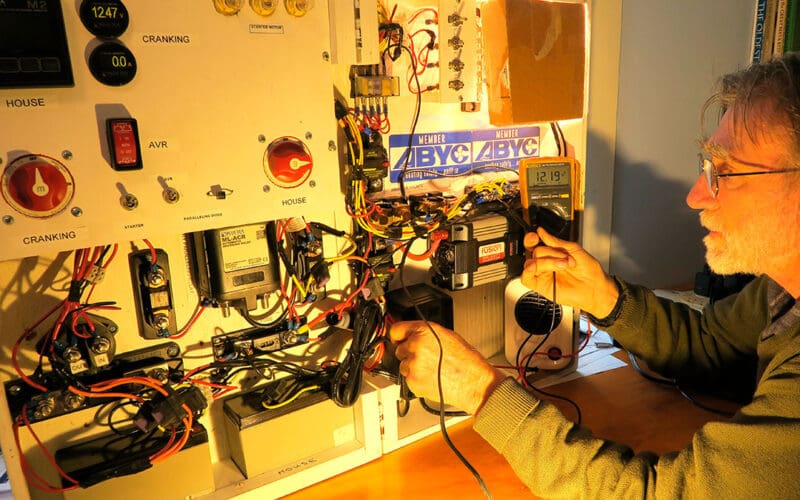
Editor’s Note: With multiple marine book titles published (including his magnum opus Boatowner’s Mechanical and Electrical Manual), numerous articles in this magazine and others and the many seminars he’s taught at boat shows, marine systems expert and Ocean Navigator contributing editor Nigel Calder has built up an impressive body of work that has enlightened untold numbers of boatowners and continues to educate voyagers worldwide on the concepts and procedures involved in keeping a voyaging boat in good operational shape. Recently, Calder launched a web-based teaching effort called BoatHowTo.com that allows voyagers to learn online at their pace. For his latest…

